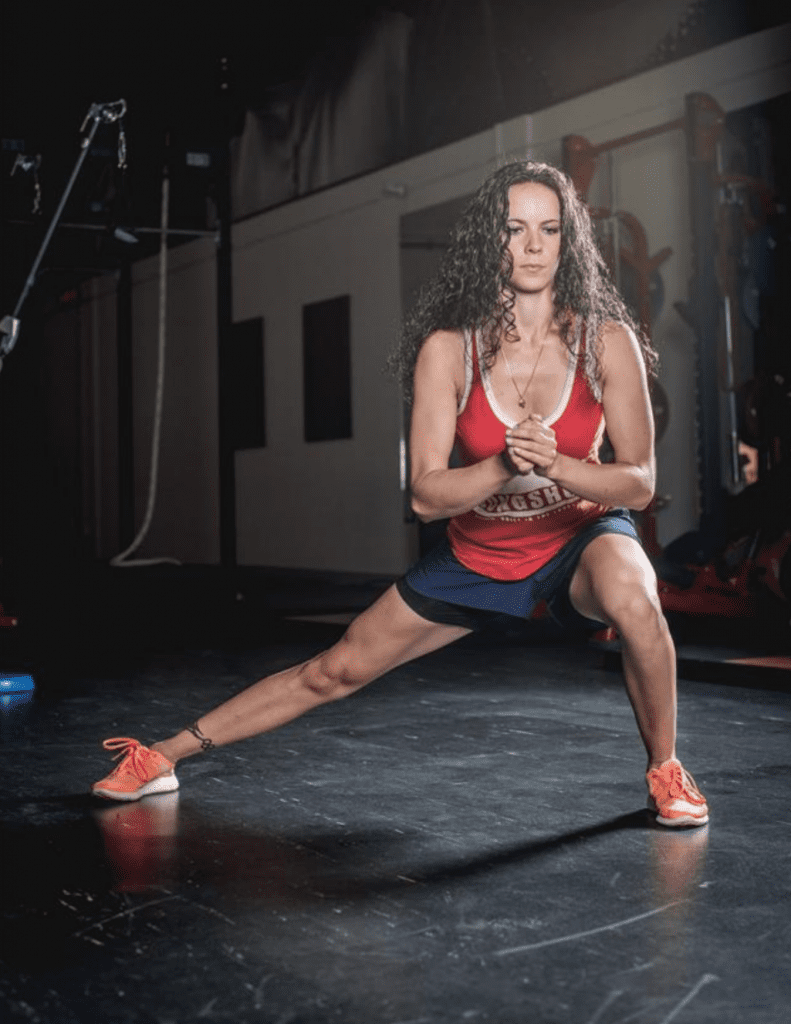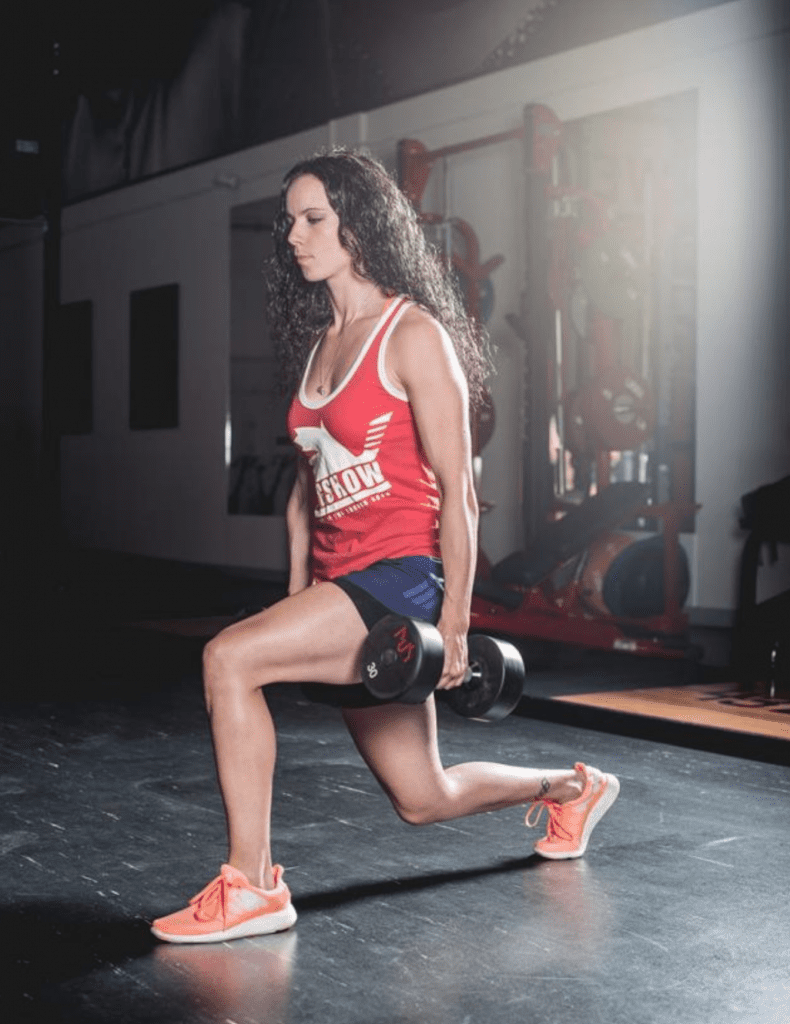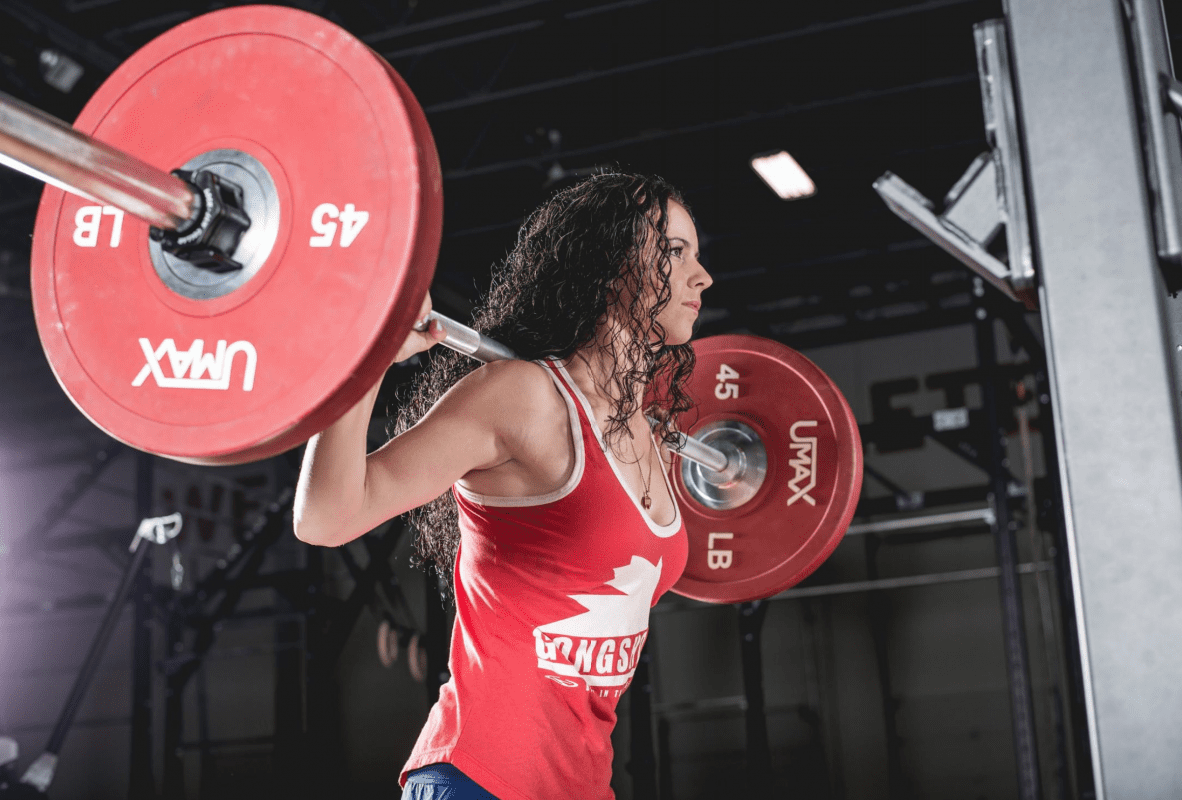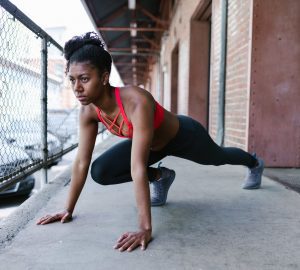Off-ice training is as important as seasonal, on-ice training, which is why it’s best to make hockey training a year-round routine. However, it’s imperative to mimic the skating movement during off-ice training to help you keep the competitive edge. This article will discuss some seemingly simple women’s hockey workouts that will help women hockey players preserve their peak level of fitness.
Speed, Agility, Quickness
Speed, agility, and quickness are, arguably, the most important physical attributes in hockey fitness. Sure, you can argue that power is king, but try slamming that puck without reaching it first. So, you want to set those legs on fire through speed and agility training so that you may perform best when you need to.
- Lateral 2-Steps – To start things off, do 2-3 sets of lateral 2-steps, 8-10 seconds in duration, with 30-60 seconds of rest time in-between the sets. These are rapid back and forth shuttles with a step in between changing directions, so go two steps to the right, then two to the left.
- Lateral Crossover – Next, do the same amount of work, but start by moving in the opposite way of your starting leg – a workout known as lateral crossover. Do 2-3 sets, 8-10 seconds in duration with 30-60 seconds of rest.
- Lateral 2-Steps with Stickhandling – Lastly, you can finish the workout by doing the same amount of lateral 2-steps you did at the beginning of the workout, but while performing basic stickhandling, 10-15 seconds in duration, with 30-60 seconds rest.
The main idea behind these exercises is to improve your coordination and leg strength/power while building your body’s structural integrity. Just don’t overdo it by performing high reps, lest you risk burning your quads and lungs.

Plyometrics
Plyometrics is one of the best women’s hockey workouts that uses the speed and force of different movements to build muscle power. They increase muscle strength, allowing you to run (or skate) faster, jump higher, and change direction more quickly by making your muscles work more rapidly and efficiently.
- Kneeling jumps – As with the previous workouts, do 2-3 sets of stump jumps, also known as kneeling jumps. You start in the kneeling position and then jump up and forward. This is a great exercise to strengthen the leg muscles but also work on your hip extension. Perform three jumps per set, then rest for 60 seconds.
- Kneeling Lateral Jumps – The next exercise builds upon the first one. It’s essentially the same exercise, but you need to land on one leg as you jump up instead of both. Once you’ve landed, jump from one leg to the other in the lateral direction, and kneel for another jump. Reverse the process, and alternate the leg, which counts as one repetition. Basically, you’re ending the movement at the same place you’ve started it. Do two to three sets, two reps per set, with a minute’s rest in-between the sets.
- Lunge Lateral Jump – The final exercise is the same as the previous one, but you’re starting from a lounging position. You’re alternating the dominant leg as you land from a jump, and jump in a lateral direction, and then back to the starting position – counts as one repetition. Perform 2-3- sets, with two reps per set and 60 seconds rest.
Strength
Strength is another important aspect of women’s hockey training. The exercises in this section primarily focus on your leg strength, as your legs will carry you through the entire duration of the match. So, the more strength and endurance your legs have, they’ll be less prone to fatigue, allowing you to perform better and longer.
- Tall Kneeling Step Ups – The first exercise in women’s hockey strength training is the Tall Kneeling Step-Ups. Start the workout in a tall kneeling position, and step up into an upright position, followed by a reverse movement. Next, alternate the leg, starting again from the tall kneeling position. Do 2-3 sets, four repetitions per side, or per lead leg. Rest for 15 seconds in between the sets.
- Shrimp Squat – Next up is the shrimp squat, which begins in an upright position, but with one of your ankles in your hand, similar to how you would stretch your quads. From here, slowly lower yourself down until your knee touches the ground, and stand back up. Three sets with 4-6- reps per side and 15 seconds rest should make your quads burn.
- Single-leg Glute Bridges – Lie face up on the floor, with one of your knees bent and the other extended. Next, you want to lift your hips off the ground until your bended knee comes in a straight line with your hips and shoulders. Hold the bridged position for a couple of seconds and slowly ease down. Perform 2-3 sets with 15 repetitions per leg, with 1-2 minutes of rest between the sets.

Bonus Exercises
Here are some exercises for additional strength training:
- Sled Pushes – Sled pushes are a tremendous strength, conditioning, and mental exercise, all-in-one. Add 50-90lbs to the sled and cover approx. 200 feet. Sprint as fast as possible, 6-10 sets, with 1-minute rest in between the sets.
- Seated Dumbbell External Rotation – Grab a dumbbell in your left hand, bend the elbow at 90°, and rest it on your left knee, crossing your body. Next, externally rotate your left forearm until its perpendicular to the floor, and reverse the movement. 2-3 sets with 8-10 repetitions per hand, with 1-minute breaks.
- Push-Up Position With Knee Drive – Basically push-ups, but your alternate raising your knees to the chest between each push-up repetition. Perform 2-3 sets with ten repetitions (counting only push-ups), with 1-2 minutes rest between the sets.
Cool Down
Cooldowns are as crucial as the training itself, and no good training is complete without a cool down. The best thing you can do is decrease your heart rate and stretch your muscles, followed by a relaxation technique or meditation. Don’t forget that your body is a high-performing machine that deserves premium fuel, so nourish it with good nutritious foods. Most importantly – don’t forget to hydrate.
Conclusion
Hockey players need a good blend of speed, strength, agility, and power to dominate the ice rink. The women’s hockey workouts in this article are aimed primarily at women hockey players, but even non-athletes can significantly benefit from incorporating these in their workout routines.









